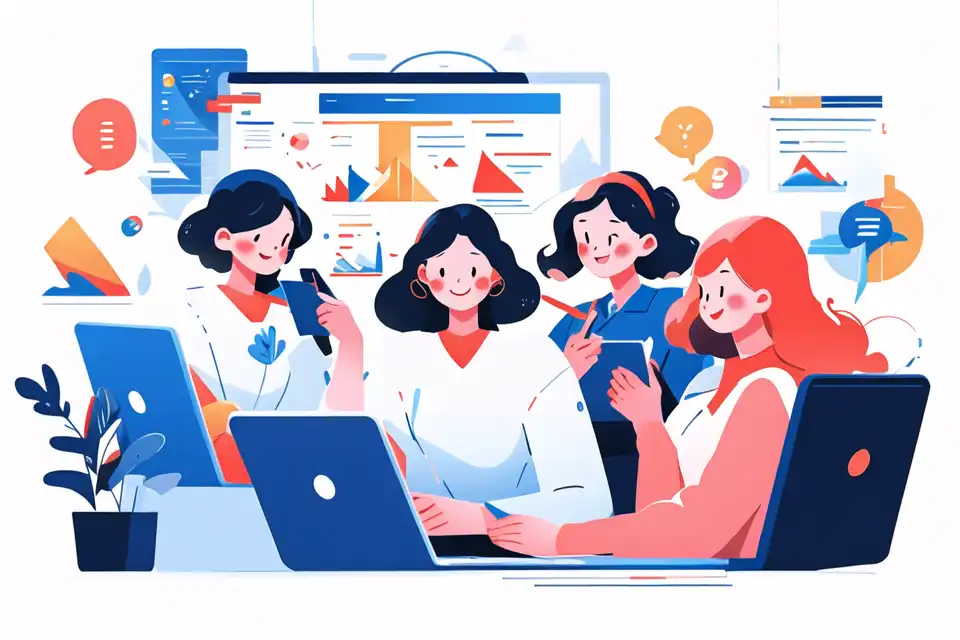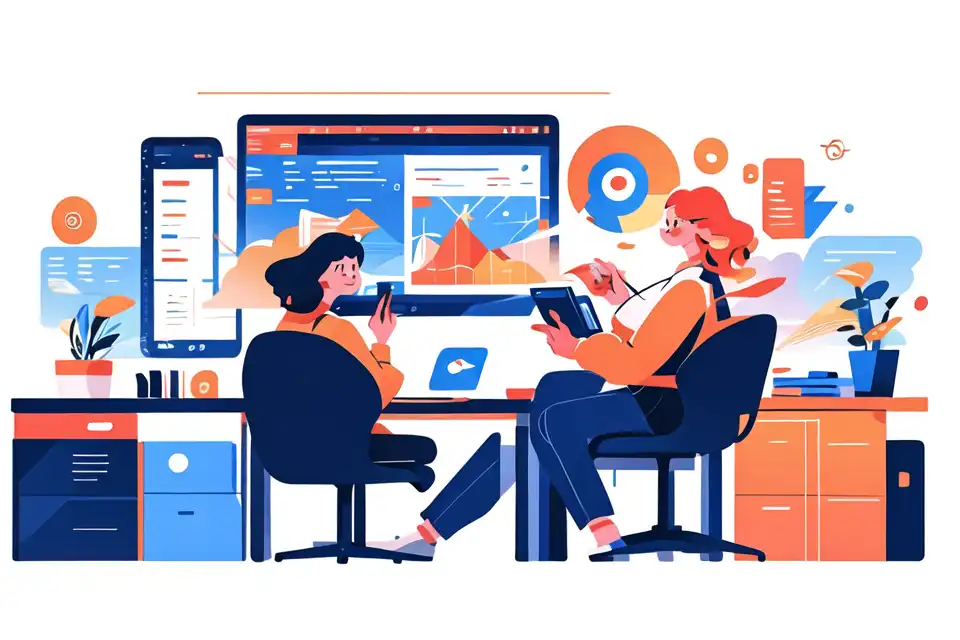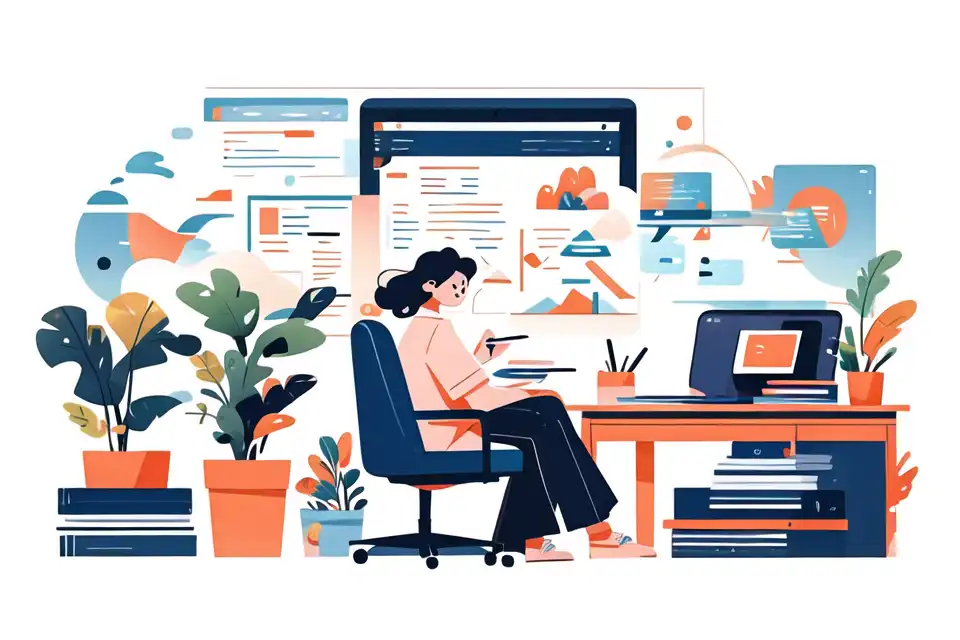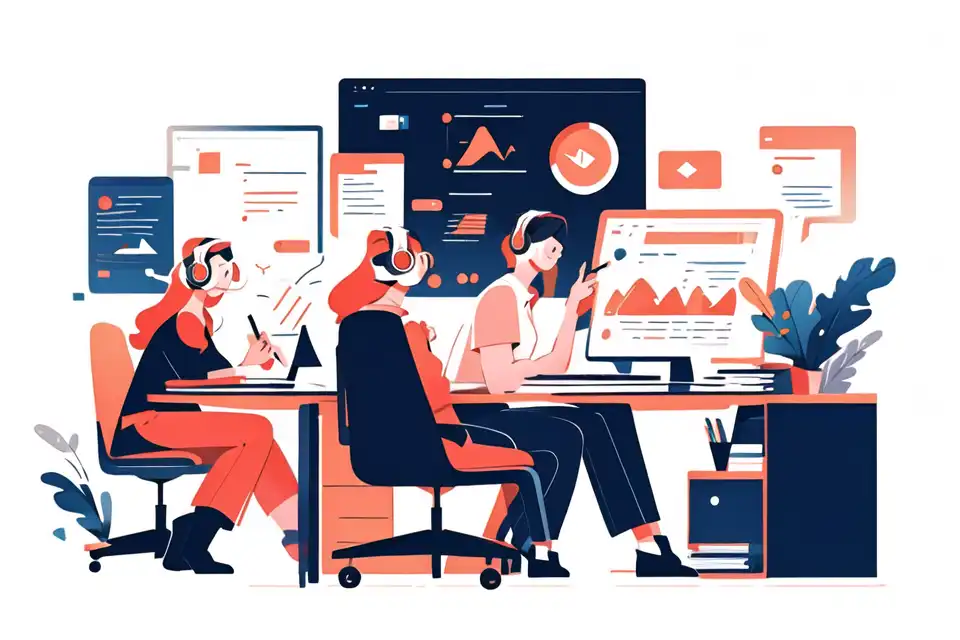How to Say Just Checking in Professionally
Master the art of professional communication in business settings with expert guidance. Learn how to say just checking in professionally.
Try Lark for Free
In the realm of professional communication, the manner in which individuals follow up on business interactions plays a pivotal role in fostering strong relationships and driving opportunities forward. Leveraging this guide, professionals can enhance their understanding of effective follow-up techniques, thereby imbuing their communication with an air of professionalism and courtesy.
Why is it important to understand how to say just checking in professionally
In the context of professional interactions, understanding the art of saying just checking in professionally is crucial for several reasons:
-
Enhanced Professional Image: Mastering the skill of tactful follow-up communication allows individuals to cultivate an impression of attentiveness and professionalism.
-
Building Trust and Reliability: Effective follow-up demonstrates commitment and reliability, laying the groundwork for strengthened business relationships.
-
Seizing Opportunities: By employing appropriate follow-up techniques, individuals are better equipped to capitalize on prospective business opportunities.
-
Navigating Business Etiquette: Mastery of polite follow-up communication reflects an individual's understanding of appropriate business etiquette, which is essential in a professional context.
Use Lark Messenger to elevate your team communication.
Practical examples of dealing with how to say just checking in professionally
Example 1
Example 1
A typical scenario when you don’t know how to say just checking in professionally
In a scenario where an individual is following up on a business proposal, it is common to encounter difficulty in articulating the appropriate just checking in message. This often leads to ineffective communication and missed opportunities.
Common mistakes made in this scenario
-
Overly casual language that diminishes the professional tone of the message.
-
Failing to acknowledge the recipient's time and contributions effectively.
Best expression in quotes for the scenario
"I wanted to touch base regarding the recent proposal and ensure that any additional information needed from my end has been provided. Your expertise and feedback are invaluable, and I am eager to align on the next steps."
Example 2
Example 2
A typical scenario when you don’t know how to say just checking in professionally
In the context of following up with a potential client for a scheduled meeting, individuals may struggle to relay the just checking in message in a professional and respectful manner.
Common mistakes made in this scenario
-
Inadequate acknowledgment of the recipient’s time and input.
-
Undermining the significance of the follow-up by using an overly casual tone.
Best expression in quotes for the scenario
"I hope this message finds you well. I wanted to revisit our recent discussion and express my eagerness to further explore the potential collaboration. Your insights are highly valued, and I look forward to our next discussion."
Example 3
Example 3
A typical scenario when you don’t know how to say just checking in professionally
When following up with a business contact to reiterate interest in a collaborative project, individuals often encounter challenges in crafting a well-worded just checking in message.
Common mistakes made in this scenario
-
Lack of appreciation and acknowledgment for the recipient's time in previous interactions.
-
Utilizing language that undermines the professional nature of the communication.
Best expression in quotes for the scenario
"As we continue to progress with the collaborative endeavor, I wished to reaffirm my dedication to this partnership. Your guidance in our recent discussions has been invaluable, and I eagerly anticipate our next steps."
Example 4
Example 4
A typical scenario when you don’t know how to say just checking in professionally
Given the need to follow up with a senior professional regarding a recent discussion, individuals may struggle to employ an appropriate just checking in approach.
Common mistakes made in this scenario
-
Failing to express gratitude and respect in the follow-up message.
-
Utilizing language that trivializes the significance of the communication.
Best expression in quotes for the scenario
"I wanted to express my gratitude for the insightful discussion we had during our recent meeting. Your guidance continues to be a source of inspiration, and I am eager to align with you on the next steps of our endeavor."
What are the consequences of not knowing how to say just checking in professionally
The repercussions of inadequate just checking in communication in a professional capacity can be significant:
-
Missed Opportunities: Ineffective follow-up can result in lost opportunities, as it fails to advance business interactions.
-
Diminished Professional Image: Poorly executed follow-up communication can tarnish an individual’s professional image and credibility.
-
Strained Business Relationships: Inadequate follow-up may lead to alienation or dissatisfaction among business contacts, thereby straining relationships.
-
Impact on Networking and Growth: A lack of thoughtful follow-up can impede an individual’s ability to expand their professional network and pursue career growth opportunities.
Learn more about Lark x Communication
Use Lark Messenger to elevate your team communication.
Methods of phrasing how to say just checking in professionally
Employing varied methods and styles of follow-up communication is essential to tailor the message in a manner that is fitting for the given context:
-
Adapting to Recipient: Tailoring the message to suit the relationship with the recipient, whether they are a potential client, colleague, or senior professional.
-
Incorporating Gratitude: Infusing the follow-up message with elements of appreciation and respect, thereby signaling courteous professional conduct.
-
Professional Language: Use of language that conveys professionalism, sincerity, and a clear sense of purpose, maintaining the integrity of the communication.
Do's and dont's when you don't know how to say just checking in professionally
| Do's | Dont's |
|---|---|
| Set a respectful and professional tone in the follow-up message. | Avoid using overly casual or impolite language in professional communication. |
| Personalize the follow-up message based on previous interactions. | Refrain from bombarding the recipient with excessive or frequent follow-up messages. |
| Convey appreciation for the recipient’s time and consideration. | Avoid conveying an impatient or demanding tone in follow-up communication. |
Conclusion
The mastery of professional follow-up tactics is pivotal in elevating one's business communication to new heights. By integrating the nuances of effective just checking in communication, individuals can navigate business interactions with finesse, thereby nurturing strong connections and maximizing opportunities.








